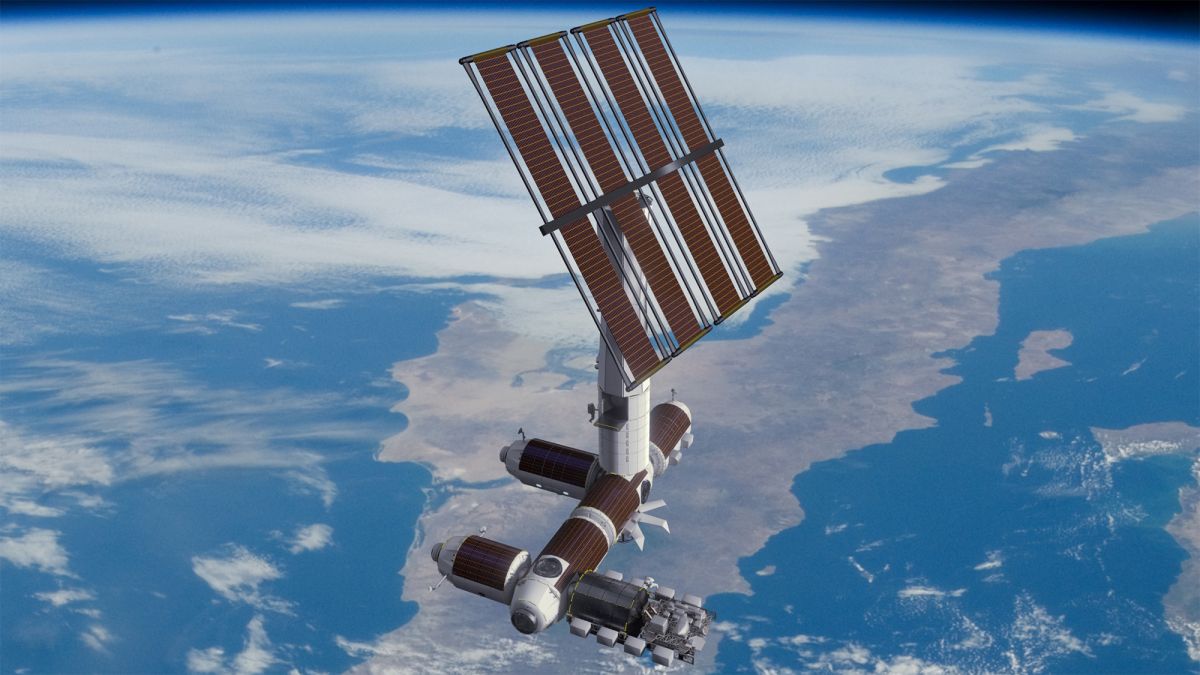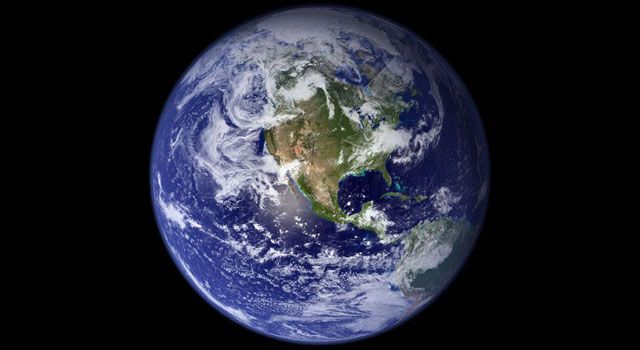Astronomer and engineer George Carruthers (1939–2020) designed, built, and trained astronauts to use the first observatory on another world. The post George Carruthers: Telescope Maker and Lunar Pioneer appeared first on Sky & Telescope.
Read MoreMonth: March 2021
NASA wants to help private space stations get off the ground
NASA is taking more steps to support new commercial space stations in low Earth orbit (LEO). NASA held an online industry briefing about”commercial LEO destinations” Tuesday (March 23) to solicit feedback on its plan to date, as the agency thinks about its next crewed exploration steps in near-Earth space. With the International Space Station (ISS) expected to retire as early as 2024 — or possibly in 2028, if the multinational partners agree — NASA wants to involve industry in a new generation of space stations. NASA is also considering having…
Read MoreNASA joins White House Climate Task Force
NASA has joined the White House National Climate Task Force, another step in the agency’s continued study of climate change and global warming. On Jan. 27, President Joe Biden issued an executive order that outlined the details of the National Climate Task Force. Last Thursday (March 18), NASA announced that it has joined the task force, which “shall facilitate the organization and deployment of a Government-wide approach to combat the climate crisis,” according to the executive order. The new partnership follows a January announcement from NASA that 2020 was tied…
Read MoreHow can some planets be hotter than stars? We’ve started to unravel the mystery.
This article was originally published at The Conversation. The publication contributed the article to Space.com’s Expert Voices: Op-Ed & Insights. Quentin Changeat, Postdoctoral Research Fellow in Astronomy, UCL Billy Edwards, Project Scientist of the Twinkle Space Mission, Research Fellow of Astronomy, UCL Until the early 2000s, the only known planets were located in our own neighbourhood, the Solar System. They broadly form two categories: the small rocky planets in the inner Solar System and the cold gaseous planets located in the outer part. With the discovery of exoplanets, planets orbiting stars other than…
Read MoreHow asteroid dust helped us prove life’s raw ingredients can evolve in outer space
This article was originally published at The Conversation. The publication contributed the article to Space.com’s Expert Voices: Op-Ed & Insights. Queenie Hoi Shan Chan, Lecturer in Earth Sciences, Royal Holloway Scientists have long known that certain ingredients are needed to support life, especially water and key organic chemicals like carbon. In recent years, both ingredients have been found on giant asteroids and other celestial bodies. But, until now, no study had delivered conclusive evidence, based on extraterrestrial samples, to show how and when organic matter was made on the rocks that gravity flings around our…
Read MoreThe Paschal full moon of 2021 rises tonight to make way for Easter
Palm Sunday, March 28 brings us the first full moon of the new spring season: the Paschal full moon. The official moment that the moon will turn full is 2:48 p.m. EDT (1848 GMT). Traditional names for the full moons of the year are found in some publications such as The Farmers’ Almanac. We also published the full list of full moon names here on Space.com earlier this year. The origins of these names date back a few hundred years to Native American tribes, though they may also have evolved…
Read MoreAsteroid Apophis Will Miss Earth in 2068
Radar measurements taken early this month rule out any chance of a collision with Apophis over the next 100 years. The post Asteroid Apophis Will Miss Earth in 2068 appeared first on Sky & Telescope.
Read MoreA ‘lump’ of dark matter may be ripping apart Taurus’ face
The Hyades — a young, V-shaped cluster of stars swooshing through the head of the constellation Taurus — is slowly being ripped apart by an enormous, invisible mass, a new study suggests. This unrest in the bull’s head could point to an ancient cache of dark matter left over from the Milky Way‘s creation, the study authors said. In the new paper, published March 24 in the journal Astronomy and Astrophysics, researchers used data from the European Space Agency’s (ESA) Gaia star-mapping satellite to investigate the history of the Hyades.…
Read MoreThe Space Force sounds like a joke thanks to pop culture. That could be a problem for an important military branch.
This article was originally published at The Conversation. The publication contributed the article to Space.com’s Expert Voices: Op-Ed & Insights. Wendy Whitman Cobb, Professor of Strategy and Security Studies, US Air Force School of Advanced Air and Space Studies The U.S. Space Force has a serious role to play in the modern world. Its stated mission is to train and equip personnel to defend U.S. interests in space. Given the increasing military and economic importance of space, the USSF is likely to grow in importance. But a quick internet search shows that for…
Read MoreMarch full moon 2021: Catch the big ‘Worm Moon’ (and 1st ‘supermoon’ of the year) on Sunday
The full moon of March, called the Worm Moon, will occur on Sunday (March 28), at 2:48 p.m. EDT (1817 GMT). Two days later, the moon will reach perigee, the nearest point to Earth in its orbit. This means the moon will appear slightly larger than usual in the night sky and may be referred to as a “supermoon” (by some definitions), according to NASA. The near-full moon will also share the sky with a planetary conjunction, but only for Southern Hemisphere skywatchers. The full moon will be in the…
Read More

